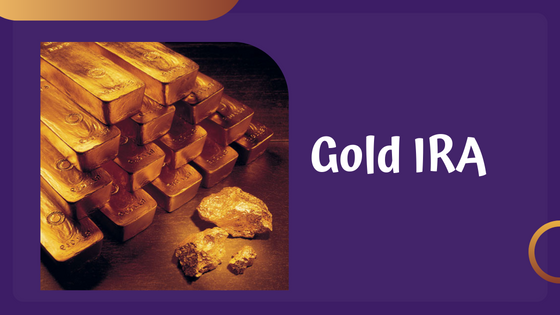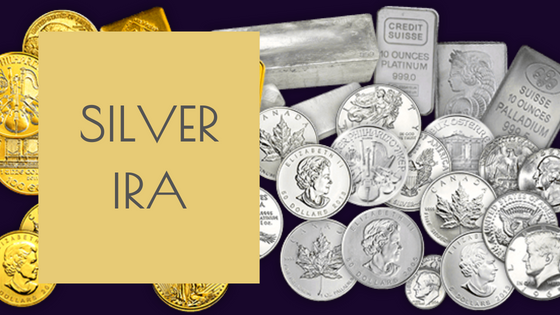
A 401k is a retirement plan that allows you to save money for your golden years. You can contribute up to $19,000 per year, or $25,000 if you’re over 50 years old, and the contribution limits are indexed for inflation each year.
If you want to convert your existing 401k into physical precious metals, there are several things you’ll need:
- A rollover IRA (or other self-directed account) through which you can transfer funds from your current 401k. This must be an IRS-approved custodian who will hold onto the precious metals on your behalf until they are sold at some point in the future when it makes sense for them financially.
- An account with a bullion dealer who will buy back those same bullion bars at their current market value.
- Some cash on hand so that when those bars are sold off by their original owner (the bullion dealer), there will be enough left over after paying taxes on any gains made during their time in storage until now (if applicable).
Finding a Reputable Dealer
When you’re ready to convert your 401k into physical precious metals, it’s important that you find a reputable 401k physical precious metals dealer. There are many dealers out there and it can be difficult to know which ones are trustworthy and which ones aren’t.
The first thing that you should do is research different dealers and compare their fees and services. You want to make sure that they offer competitive pricing on their products so that when it comes time for them to buy back what they sold you, they don’t try charging an excessive amount of money for them.

Converting Your 401k
The process of converting your 401k to physical precious metals is fairly straightforward. First, you’ll need to work with your financial advisor and determine how much of the money in your account should be converted into physical gold or silver. This can be done by simply dividing the total value of the 401k by its current spot price, which will give you an idea of how many ounces are needed to achieve this goal.
Once this has been determined, it’s time for the next step: selling off those assets that aren’t being converted into precious metals (such as stocks). Once again, working with a financial advisor will help ensure that everything goes smoothly without any hiccups along the way.
Tax Implications
Now that you’ve decided to convert your 401k to physical precious metals, it’s time to consider the tax implications of doing so.
The IRS will treat a conversion as a taxable event if it involves selling shares of stock or other securities in order to purchase physical precious metals. Therefore, if you want to avoid paying taxes on your investment gains and losses when converting your 401k into gold or silver coins or bars, then it is best not sell any investments first before purchasing the metals with cash.
Conclusion
Converting your 401k to physical precious metals is a great way to diversify your investments and hedge against inflation. However, there are risks and rewards associated with this process that you should understand before making any decisions.


